
Broschiertes Buch
Building Knowledge
Softcover reprint of hardcover 1st ed. 2004
30. November 2010
Springer / Springer Berlin Heidelberg / Springer, Berlin
978-3-642-05795-3
Ähnliche Artikel
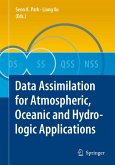
Broschiertes Buch
Softcover reprint of hardcover 1st ed. 2009
15. Oktober 2010
Springer / Springer Berlin Heidelberg / Springer, Berlin
978-3-642-09009-7
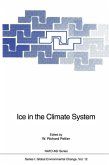
Broschiertes Buch
Softcover reprint of the original 1st ed. 1993
25. Januar 2012
Springer / Springer Berlin Heidelberg / Springer, Berlin
978-3-642-85018-9

Broschiertes Buch
Proceedings of the IUTAM Symposium on Turbulence in the Atmosphere and Oceans, Cambridge, UK, December 8 ¿ 12, 2008
2010
29. Januar 2013
Springer / Springer Netherlands
978-94-007-3459-3

Gebundenes Buch
Proceedings of the IUTAM Symposium on Turbulence in the Atmosphere and Oceans, Cambridge, UK, December 8 ¿ 12, 2008
2010
15. Dezember 2010
Springer / Springer Netherlands
12626106,978-94-007-0359-9

Broschiertes Buch
2007
19. Oktober 2007
Birkhäuser / Birkhäuser Basel / Springer, Basel
12059393,978-3-7643-8492-0

Gebundenes Buch
An Explanation of Earth's Climate Patterns
22. Dezember 2024
Springer / Springer Nature Switzerland / Springer, Berlin
978-3-031-66141-9

Gebundenes Buch
1989.
30. September 1989
Springer / Springer Netherlands
978-0-7923-0341-1
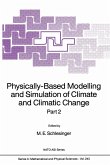
Gebundenes Buch
Part 2
1988.
31. August 1988
Springer / Springer Netherlands
978-90-277-2789-3
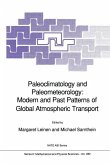
Broschiertes Buch
Softcover reprint of the original 1st ed. 1989
9. August 2012
Springer Netherland / Springer Netherlands
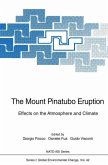
Broschiertes Buch
Effects on the Atmosphere and Climate
Softcover reprint of the original 1st ed. 1996
4. Oktober 2011
Springer / Springer Berlin Heidelberg / Springer, Berlin
978-3-642-64731-4
Ähnlichkeitssuche: Fact®Finder von OMIKRON

